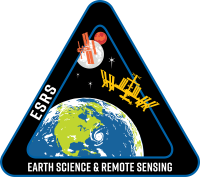This service is provided by the International Space Station program and the JSC Earth Science & Remote Sensing Unit, ARES Division, Exploration Integration Science Directorate.
NASA Responsible Official: Sabrina N. Martinez |
Curator/Contact: jsc-earthweb@mail.nasa.gov |
Terms of Use |
NASA Web Privacy Policy & Important Notices |
Accessibility |
Policies & Contacts |
Server: 1

